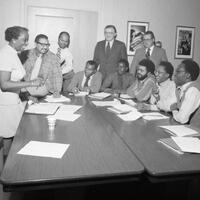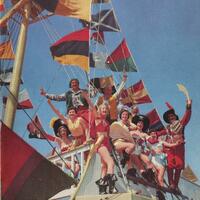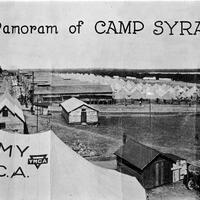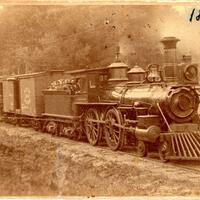1935 Federal Improvement Aerial Survey
Collection Owner:
Cover Image:
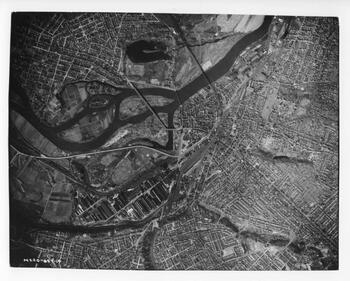
100.1722.031 (M220-857-14), 1935 Federal Improvement aerial survey of the Barge Canal - Image Source
Collection Facts
Extent:
237
Dates of Original:
1935
Browse within this collection
By Subject:
Creator Attribution:
Additional Information
Scope and Content Source:
Browse similar collections
NYH Topic Areas:
Collection Type:
